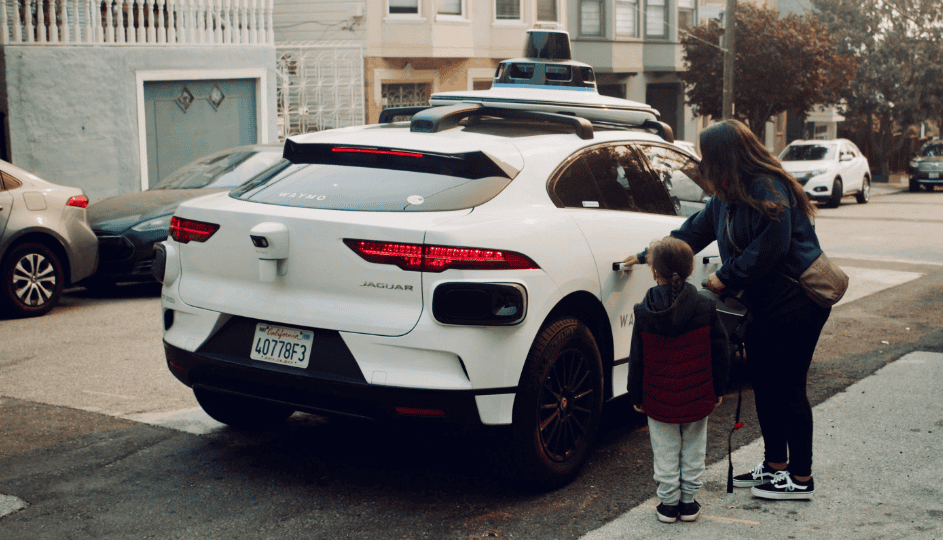Image source: Getty Images
Uber Technologies‘ (NYSE: UBER) shares soared nearly 11% to $86 on 11 October. This means the growth stock‘s now at an all-time high, having risen 250% since the start of 2023.
Thankfully, I scooped up a load of shares a few weeks ago. In fact, I made Uber one of my top holdings, which is rare because I normally prefer to let stocks ‘earn’ their position over time.
Here’s a look at Wall Street’s growth projections and why I’m so bullish on the ridesharing giant.
Why is Uber flying?
Last week, Tesla (NASDAQ: TSLA) had its robotaxi event, during which it unveiled prototypes of its long-awaited autonomous vehicles (AVs). However, Wall Street wasn’t impressed with the event and Tesla stock dropped nearly 9% on the same day that Uber rallied hard.
This was because Tesla CEO Elon Musk said he expects production of these AVs to begin “probably in 2026“. Given the extensive testing needed for regulatory approval, along with Musk’s track record of overly optimistic timelines, most analysts don’t see them driving about anytime soon. Perhaps as much as five years away!
That’s good news for Uber, as this competitive threat has been lurking. To be clear, a driverless taxi service from Tesla (that includes owners adding their vehicles to the fleet) is still a risk. But it’s one that’s now receded further into the future.
A uniquely well-positioned platform
Personally, I have doubts that many Tesla drivers will want to rent their cars out. As Uber CEO Dara Khosrowshahi said: “It’s also not clear to me that the average Tesla owner… is going to want to have that car be ridden in by a complete stranger.”
Meanwhile, Uber’s positioning itself to be the global platform where most self-driving taxis are booked. It’s partnered with all the big AV players, including industry leader Waymo (owned by Alphabet).
Back in August, Waymo said it was already achieving 100,000 paid trips a week. So this puts to bed the notion that consumers will be too scared to ride in fully autonomous taxis. I’m excited to test one in future!
More recently, Waymo announced it would offer trips exclusively via the Uber app in Atlanta and Austin in early 2025. It’s already partnered with Uber in Phoenix.
Following the Tesla robotaxi event, Jefferies analyst John Colantuoni commented: “We believe AV developers will ultimately choose to partner with rideshare players instead of pursuing standalone fleets. We also see Uber uniquely well-positioned in the rideshare space to help AV developers“.

Growth to continue?
Last year, Uber reported its first ever profit. It made $1.1bn on revenue of $37.3bn, versus a loss of $1.8bn the year before.
Revenue surged 17% to $10.7bn in Q2, and Wall Street sees profitable growth continuing through to 2027.
| Year | Revenue forecast | Earnings per share (EPS) |
|---|---|---|
| 2024 | $43.4bn | $1.08 |
| 2025 | $50.2bn | $2.28 |
| 2026 | $58.2bn | $3.13 |
| 2027 | $64.1bn | $3.75 |
Of course, the firm could exceed or miss these estimates. But based on the numbers, it means the stock’s trading at 37.7 times forward earnings, falling to 23 for 2027.
While that’s not cheap, Uber’s a global leader in a massive market. Longer term, robotaxis could significantly expand its total addressable market by increasing supply and lowering fares, helping drive even more trips through its app.

